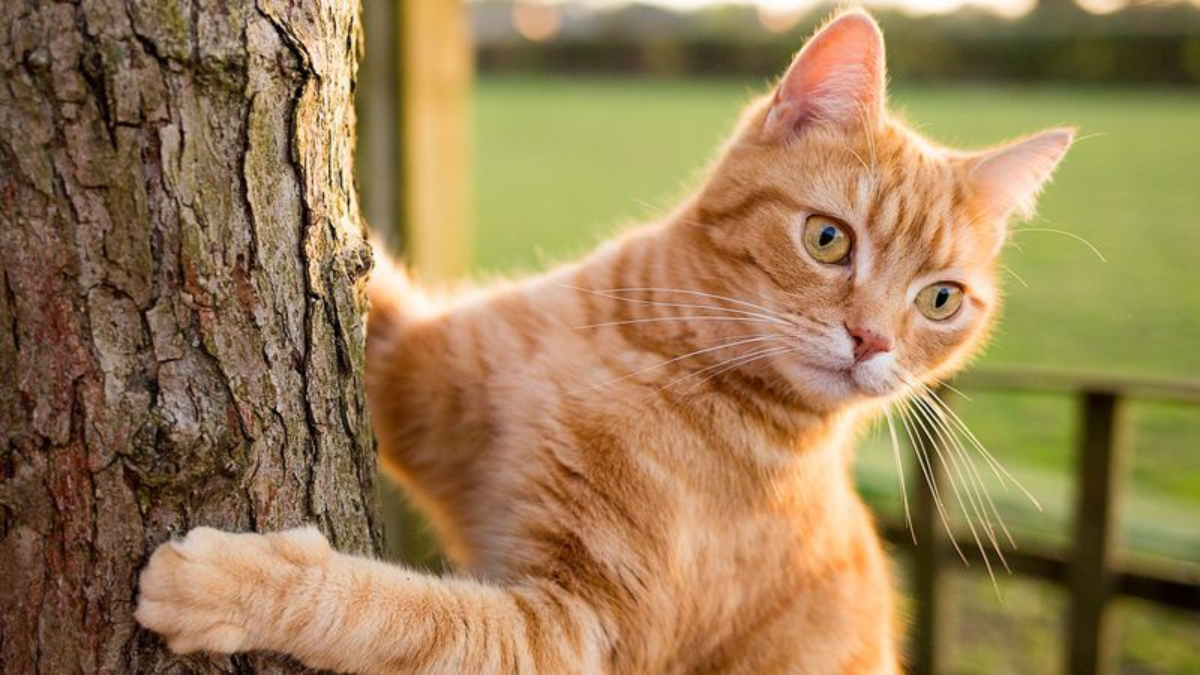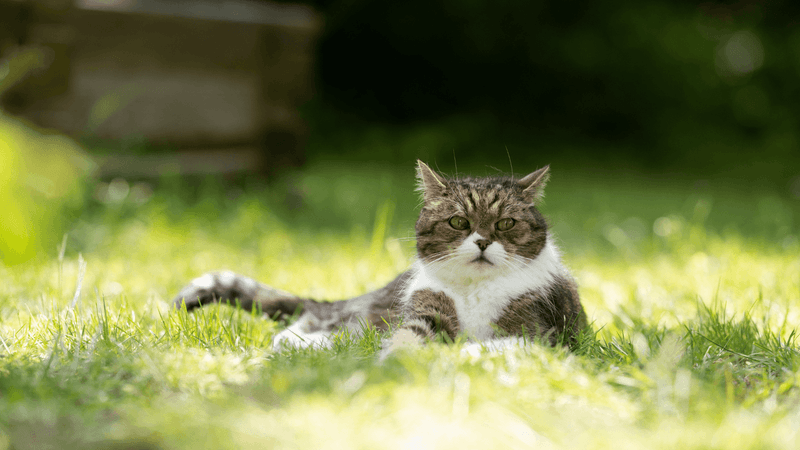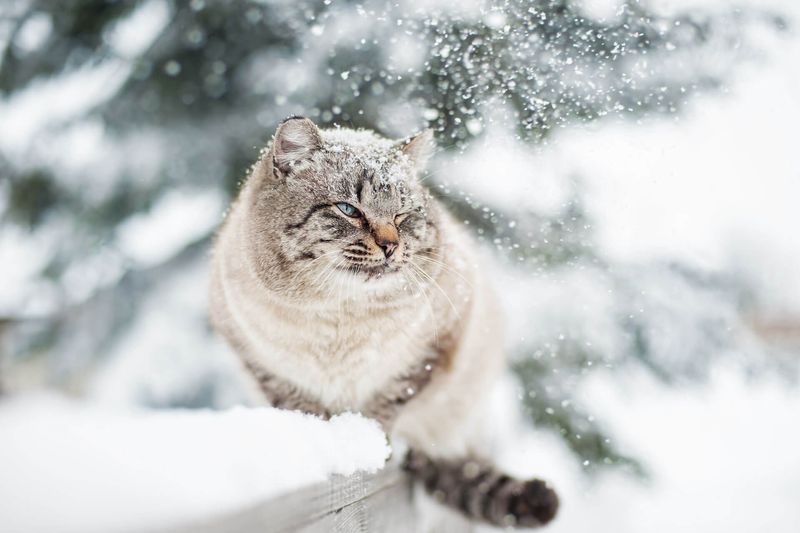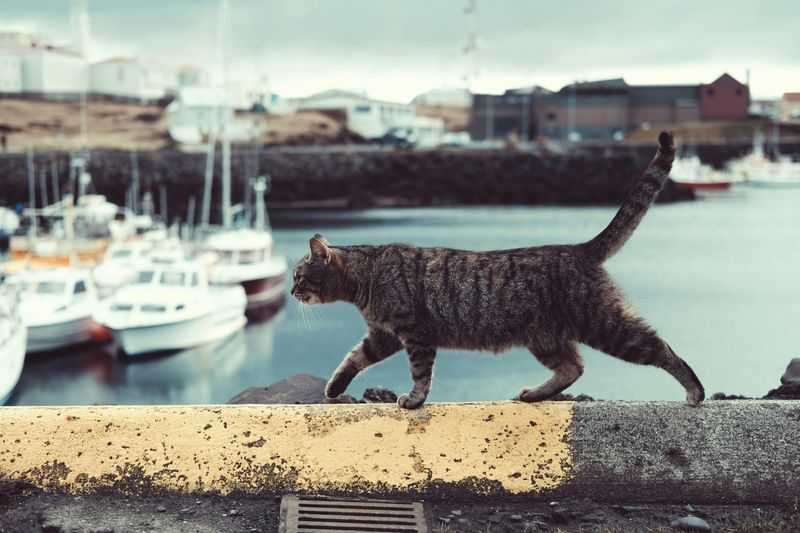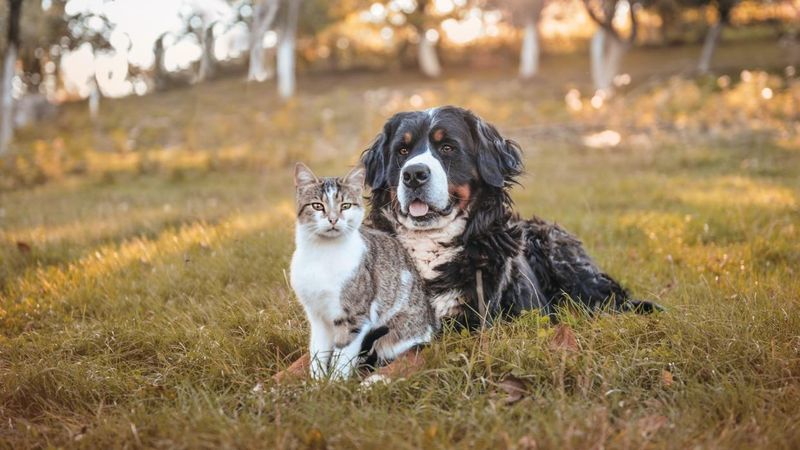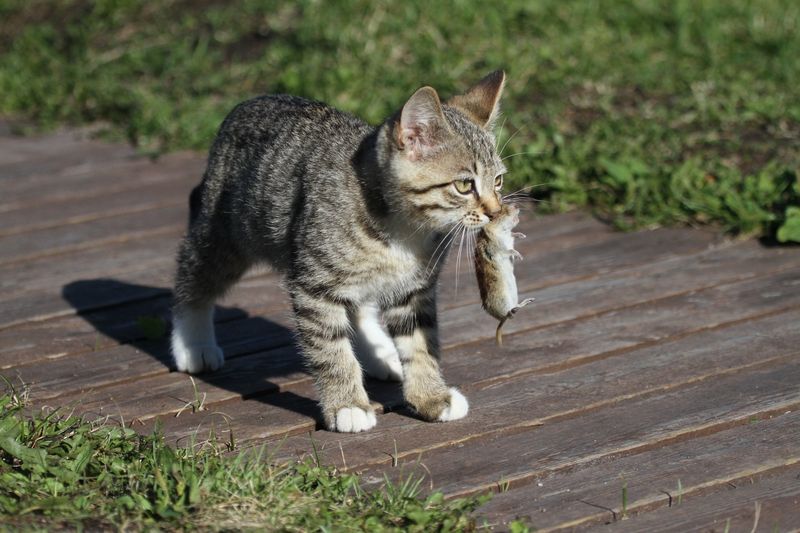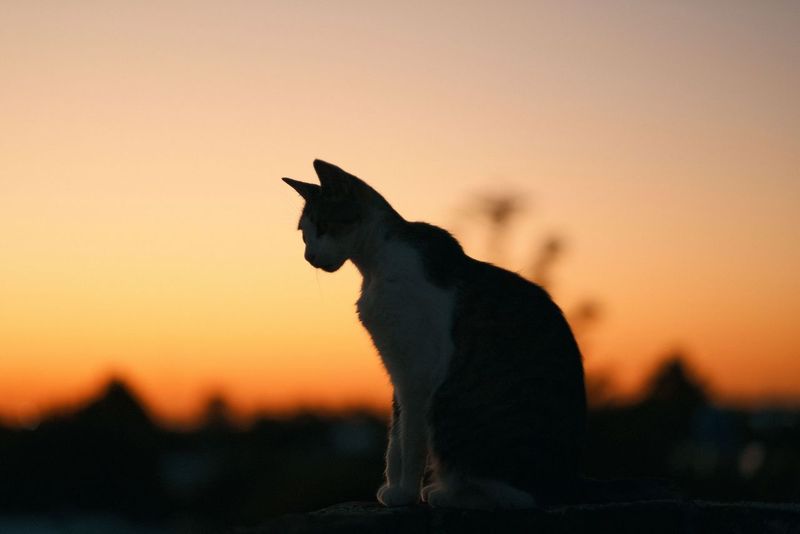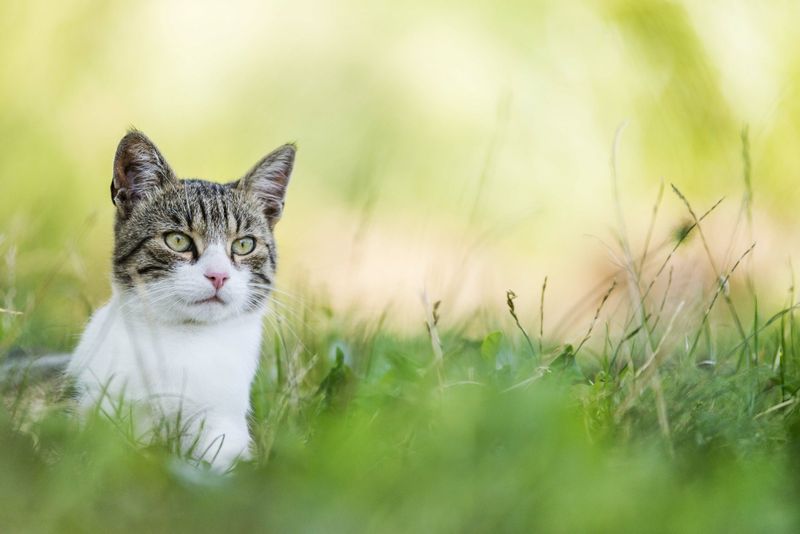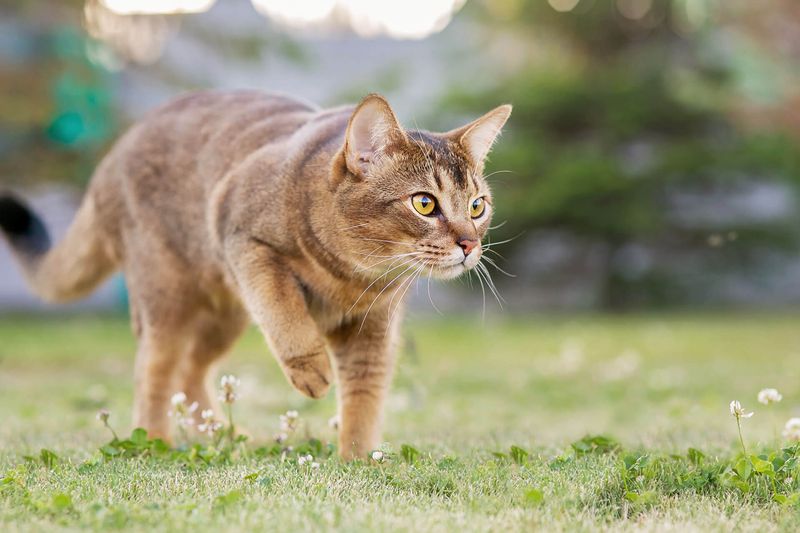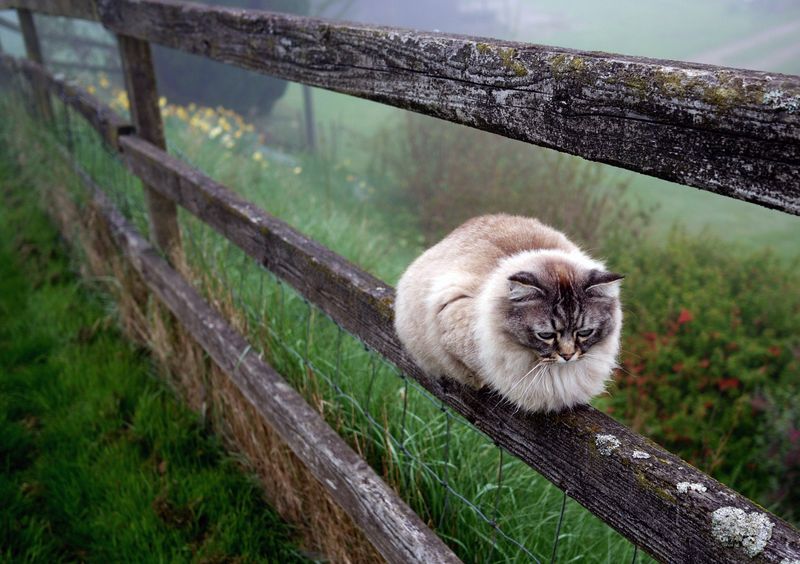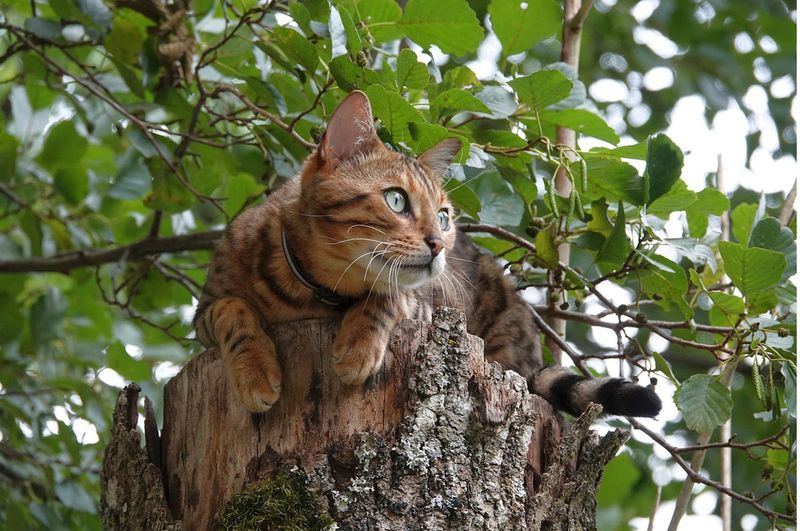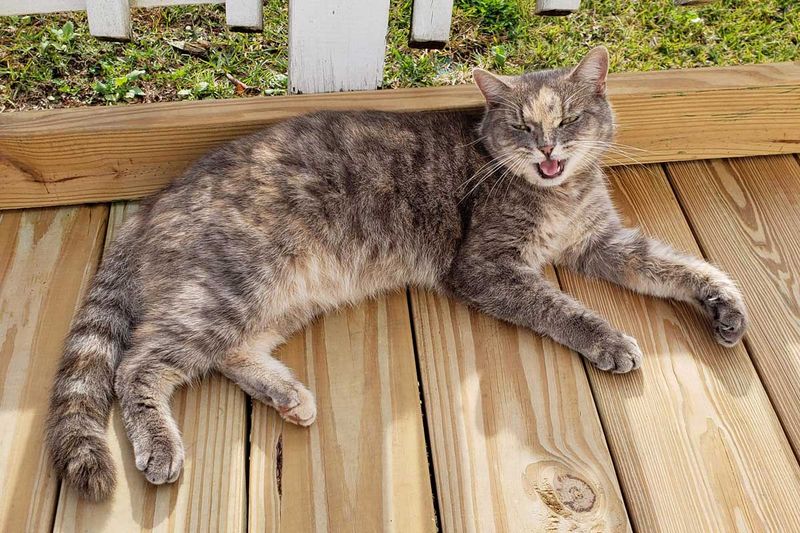📖 Table of Content:
- 1. Freedom to Roam
- 2. Exposure to Risks
- 3. Health and Wellness
- 4. Social Interactions
- 5. Dietary Differences
- 6. Life Expectancy
- 7. Environmental Enrichment
- 8. Control Over Surroundings
- 9. Hunting Instincts
- 10. Adaptability
- 11. Independence vs. Dependency
- 12. Noise and Activity Levels
- 13. Grooming Needs
- 14. Training and Obedience
- 15. Human and Animal Bonds
The lifestyle of a cat—whether indoor or outdoor—often sparks debate among pet owners. Some believe outdoor cats experience more freedom and excitement, while others argue that indoor cats are safer and more comfortable. Understanding the key differences between these two lifestyles can shed light on what may best suit a cat’s well-being.
Outdoor cats enjoy more freedom, often roaming and exploring their surroundings, but they also face increased risks such as traffic, predators, and disease. Indoor cats, on the other hand, have a more controlled environment with fewer dangers but may miss out on the physical and mental stimulation that comes with exploring the outdoors. Both lifestyles come with their own set of advantages and challenges.
By looking at factors such as health, safety, companionship, and overall quality of life, it’s possible to gain a clearer picture of what each environment offers. While outdoor cats may thrive on adventure, indoor cats often enjoy a sense of security and comfort. The key is to understand each cat’s unique needs and what makes them feel happiest and healthiest.
1. Freedom to Roam
Outdoor cats enjoy the freedom to explore vast areas, from backyards to neighboring fields. This autonomy allows them to follow their instincts, hunt, and satisfy their curiosity.
In contrast, indoor cats are confined to the space within the home, limiting their opportunity to roam. While this confinement can lead to safety and protection, it may also result in boredom. Providing mental stimulation and interactive toys can help indoor cats maintain a sense of adventure, even if their territory is limited. Freedom indeed adds a layer of excitement to a cat’s life.
2. Exposure to Risks
While outdoor cats enjoy more freedom, they also face many risks like predators, traffic, and unpredictable weather conditions. These hazards can severely affect their well-being. Indoor cats, however, are shielded from these dangers, giving owners peace of mind to offer them a secure and enriching space.
While outdoor adventures are thrilling, they come with significant risks that demand careful consideration. Balancing freedom and safety is key to ensuring a fulfilling life for our feline companions.
3. Health and Wellness
Indoor cats often experience better health outcomes due to regular veterinary care and a controlled diet. This includes vaccinations, routine check-ups, and protection from infectious diseases. Outdoor cats, on the other hand, risk exposure to parasites and illnesses. They may encounter unvaccinated animals, increasing the chance of contracting diseases.
Ensuring a balanced diet and regular vet visits is crucial for all cats. While outdoor cats enjoy physical exercise, their health challenges require vigilant care to maintain wellness.
4. Social Interactions
The adventurous life of an outdoor cat offers frequent encounters with different animals and people, providing opportunities to hone their social skills. However, such encounters can also lead to potential conflicts. Indoor cats typically rely on their owners and any other pets in the home for companionship, ensuring a more predictable social environment.
Encouraging playtime and bonding activities ensures that indoor cats remain socially enriched. Both environments offer unique social experiences, with each having its own set of pros and cons.
5. Dietary Differences
Hunting for prey such as birds and mice is a common practice for outdoor cats, allowing them to supplement their diet. While instinctual, this can sometimes lead to an uneven intake of nutrients. Indoor cats, in contrast, enjoy a carefully balanced diet that is regulated by their owners, reducing the risk of health issues like obesity.
While hunting is instinctual, it can be detrimental to local wildlife. Providing balanced meals and considering the ecological impact are essential aspects of managing a cat’s diet.
6. Life Expectancy
Indoor cats typically enjoy longer lifespans due to the protection from dangers like traffic and predators. Their controlled environment contributes positively to their overall longevity. In contrast, outdoor cats face various risks that can shorten their lives, from disease exposure to accidents. This highlights the importance of safety in enhancing life expectancy.
Creating a safe indoor environment with plenty of enrichment activities can help extend a cat’s lifespan, offering them the best chance at a long, healthy life.
7. Environmental Enrichment
To stay mentally and physically stimulated, indoor cats need environmental enrichment. Items like toys, scratching posts, and interactive activities mimic the challenges they would encounter in the wild. In contrast, outdoor cats are naturally exposed to various stimuli, such as hunting and exploring different environments, which enhance their lives but also come with potential dangers.
Balancing safety with stimulation is crucial for indoor cats, ensuring they remain active and content. Providing a rich environment helps mimic the benefits of outdoor living, enhancing their quality of life.
8. Control Over Surroundings
The controlled conditions of indoor living allow cats to enjoy a stable environment where factors like temperature, diet, and safety are fully managed. This stability contributes to a more predictable lifestyle. Outdoor cats, however, encounter constantly changing weather conditions and food availability, offering excitement but also a certain degree of unpredictability.
Creating a safe, stimulating indoor space helps indoor cats enjoy stability without sacrificing enrichment. This managed lifestyle provides peace of mind, reducing stress for both cats and their owners.
9. Hunting Instincts
Outdoor cats can fully express their hunting instincts, chasing prey and honing their skills. This activity is both mentally and physically stimulating, aligning with their natural behaviors. Indoor cats might not have the same opportunities, but they can engage in play that mimics hunting. Feather toys and laser pointers offer exciting alternatives.
Encouraging playful activities helps satisfy hunting instincts, ensuring indoor cats remain active and engaged. Balancing instinctual behaviors with safety is key to a fulfilling life for all cats.
10. Adaptability
With their natural resilience, outdoor cats flourish in diverse environments, smoothly adjusting to varying terrains and unpredictable weather. This adaptability is a key trait of their lifestyle. Indoor cats, though less frequently exposed to such changes, can still build their adaptability through gradual exposure to new experiences in their home.
Encouraging flexible routines and introducing new toys or activities helps indoor cats develop adaptability. Both lifestyles require managing changes to keep cats comfortable and confident.
11. Independence vs. Dependency
When roaming outdoors, cats often build a strong sense of independence, meeting their own needs and navigating unfamiliar territories. While this fosters self-reliance, it can also create a sense of isolation. Indoor cats, conversely, tend to rely on their owners for attention and care, deepening their relationship but limiting their autonomy.
Encouraging self-reliant behaviors in indoor cats, like puzzle feeders and independent play, can balance dependency and independence. Both lifestyles offer unique benefits, shaping a cat’s personality and behavior.
12. Noise and Activity Levels
Surrounded by the sounds of wildlife and the rhythm of the outside world, outdoor cats remain highly attuned to their surroundings, constantly aware and alert. This dynamic environment provides ongoing stimulation. Indoor cats benefit from quieter spaces, which help reduce stress, but also result in fewer sensory challenges that could engage their instincts.
Providing varied auditory stimuli and interactive play can enhance an indoor cat’s experience. Balancing stimulation with calmness helps ensure both comfort and engagement.
13. Grooming Needs
Grooming plays an important role in an indoor cat’s health, with regular sessions ensuring their fur stays smooth and their skin remains healthy. With easy access to grooming tools, owners can easily manage shedding and matting. While outdoor cats groom themselves more frequently, they may still benefit from some extra care to keep their coats looking their best.
Providing grooming tools and establishing routines ensures all cats maintain healthy coats. Combining self-grooming with owner-assisted care meets their grooming needs effectively.
14. Training and Obedience
Structured training is common for indoor cats, helping them learn specific commands and behaviors, such as using the litter box. This training promotes good behavior and a strong bond between cat and owner. Outdoor cats, on the other hand, rely more on instinct and exploration, which fosters independence but can limit their ability to follow commands.
Incorporating training into daily routines can improve an indoor cat’s behavior and communication. Balancing training with natural instincts helps create well-adjusted, content cats.
15. Human and Animal Bonds
The bond between indoor cats and their human companions is typically strong, nurtured by regular affection and interaction. This constant contact fosters trust and emotional connection. Outdoor cats, on the other hand, may form relationships with other animals or people, though these connections are often more fleeting and shaped by their environment.
Encouraging bonding activities and consistent interaction enhances the human-animal bond. Whether indoor or outdoor, fostering positive relationships enriches a cat’s emotional well-being.
